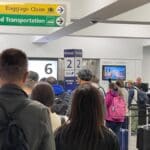
Virgin Australia: Relaunch plans released – job cuts – fleet cuts – route cuts
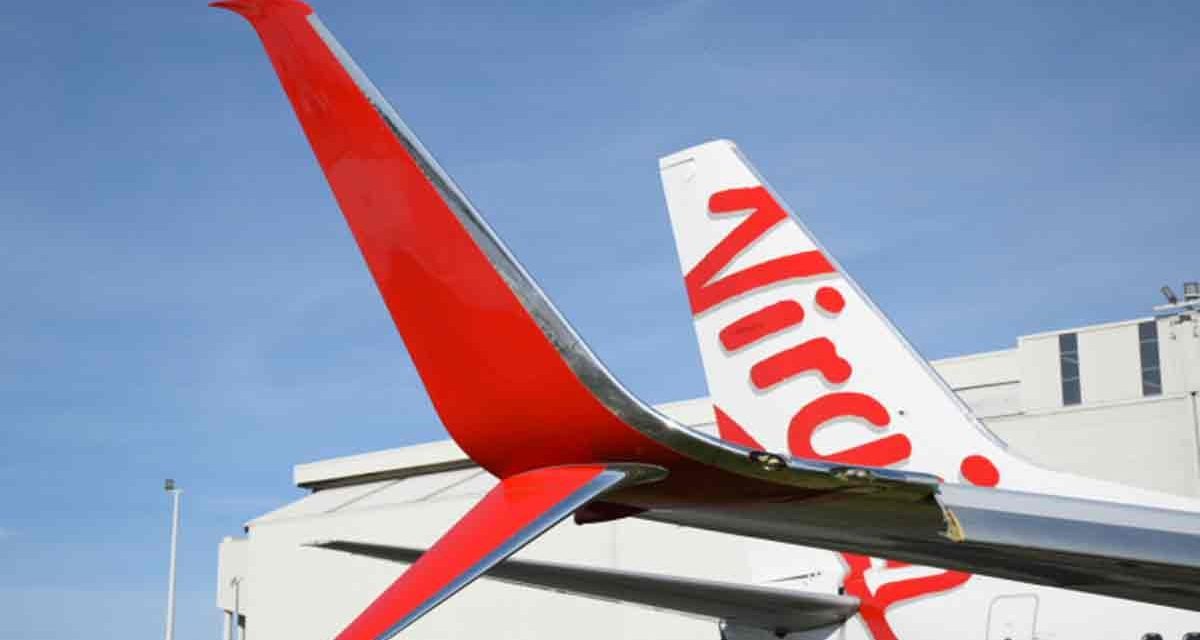
Virgin Australia is to cut its long-haul international fleet and axe 3,000 jobs but retain domestic, regional and short-haul international routes.
Although the sale deal is yet to be formally approved by creditors – that happens at the end of August, Virgin Australia and new owners Bain Capital have today announced the future plans for the distressed airline.
It is promising to deliver ‘exceptional experiences’ and ‘great value’ through its:
‘. . . plan to focus on core strengths, re-establishing itself as an iconic Australian airline’
Virgin Australia statement to the ASX
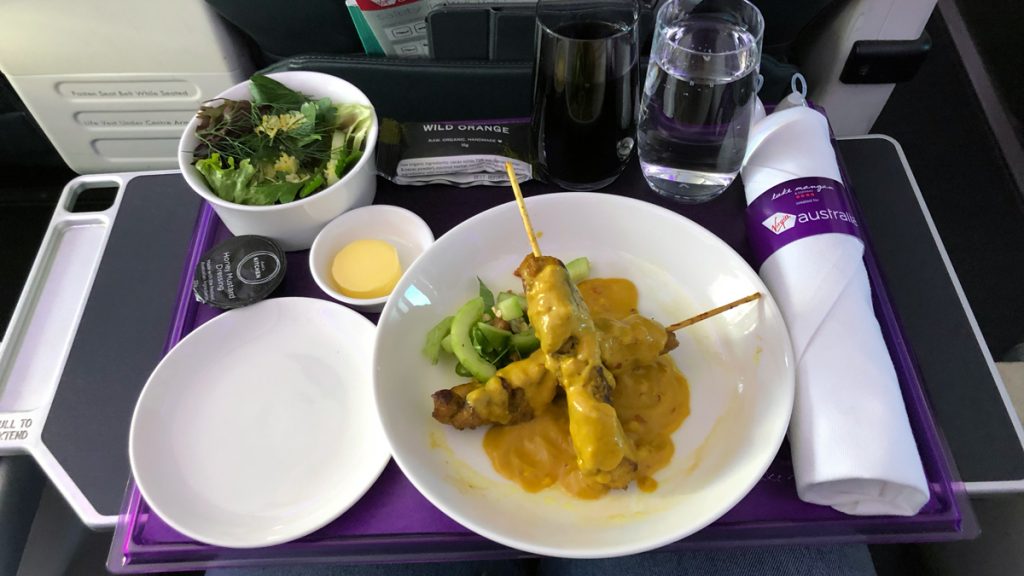
Background
The COVID-19 pandemic has had a devastating effect on all airlines, but in Australia, it has particularly affected the financially precarious Virgin Australia. With most of its shareholders being airlines, also affected by the pandemic, they were in no position to provide additional funding to the distressed Virgin Australia airline.
Virgin went into administration on 21 April 2020 with debts of around AU$7 billion to over 12,000 creditors including about 9,000 staff.
After a staged bidding process, USA private equity behemoth Bain Capital came up with the winning bid, at a price yet to be disclosed. Bain took over the airline in July, providing interim funding to keep it flying. The deal must be voted on by a creditors meeting in late August before it can proceed.
Virgin Australia’s future
The future plans are pretty much as expected, with the airline dropping the Tigerair brand, foregoing long-hail international flying for the moment, reducing staff, honouring travel credits once it is out of administrations, and extending the validity dates for bookings made prior to the airline heading into administration.
‘Virgin Australia aims to be the best value carrier in the market, not a low-cost carrier.’
Virgin Australia media statement 5 August 2020
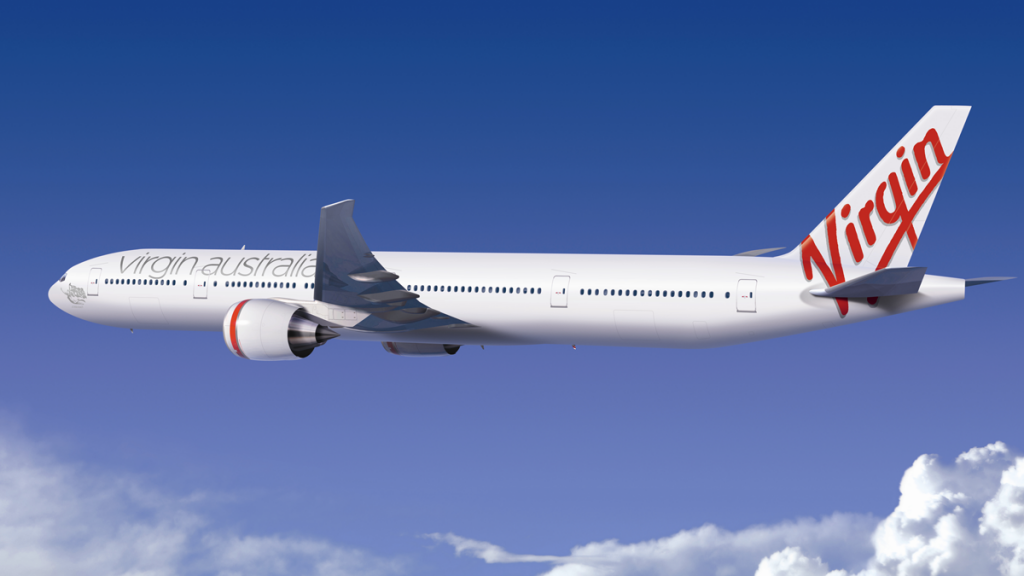
Fleet
As expected, Virgin Australia will slim down to an all Boeing 737 fleet (currently 79 planes), plus its regional and charter fleet. It will be getting rid or its ATR turboprops, Boeing 777, Airbus A330 and Airbus A320 (formerly Tigerair) aircraft.
Simplifying the fleet, will also simplify the operational cost base of the airline.
The Tigerair brand will disappear but Virgin will hold on to its Air Operator Certificate, so it still has an option to provide a n ultra-low-cost flying option once travel ‘when the market recovers’.
”Demand for domestic and short-haul international travel is likely to take at least three years to return to pre-COVID-19 levels, with the real chance it could be longer, which means as a business we must make changes to ensure the Virgin Australia Group is successful in this new world.’
Paul Scurrah, Virgin Australia Group CEO and Managing Director
And, they will be retaining a two class cabin in their fleet, retaining their commitment to both leisure and business travellers.
Routes
International flights, currently suspended, will remain suspended until the international travel market returns to normal
It plans to drop long-haul, but retain short-haul international flying, so that includes New Zealand and various Pacific destinations.
Staff Redundancies
Staff will be cut by about a third, with 3,000 of current 9,000 jobs in jeopardy. The statement lists ‘6,000 jobs when the market recovers’ – so there will be an interregnum until that happens, where some of those 6,000 will be surplus to requirements. The company will presumably retain them via the Australian federal governments JobKeeper program which currently pays staff AU$1,500 per fortnight, dropping to AU$1,200 after September.
Paul Scurrah indicates that Virgin intends to end up with a staff of about 8,000 once things return to ‘normal’.
Redundant staff will get all their entitlements, plus a 2 year extension of their employee travel benefits, and access to early retirement and long service leave benefits. They will also have voluntary redundancy, redeployment, leave without pay and flexible work arrangements available with the intention of retaining as many jobs as possible.
‘Our initial focus will be on investing in the core Virgin Australia domestic and short-haul international operation alongside our 10-million-member strong Velocity Frequent Flyer program, continuing to offer an extensive network of destinations, a domestic lounge network and value for money for customers.’
Paul Scurrah, Virgin Australia Group CEO and Managing Director
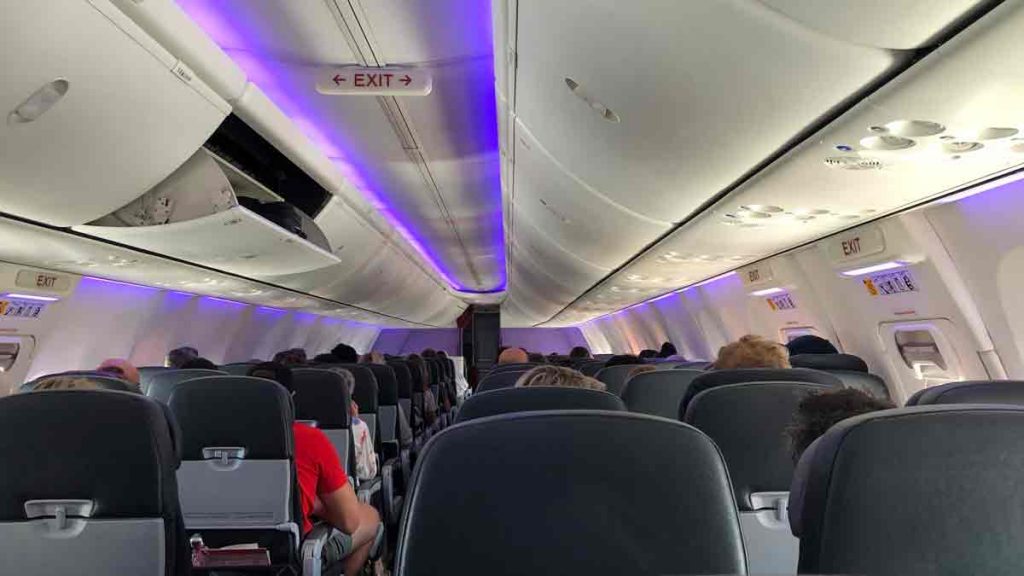
Points and loyalty
It looks like Virgin Australia will hold on to its lounges, according to the statement above. Although I would still expect to see the disappearance of its exclusive ‘The Club’ lounges, which were instituted to match the Qantas ‘Chairman’s Lounge’ facilities.
All travel credits will have their booking dates extended to 31 July 2022 for travel dates through until 30 June 2023 and Velocity Frequent Flyer points will be carried forward into the new Virgin Australia under the ownership of Bain capital.
If you have a previously booked ticket with Tigerair, then consider your flight cancelled, and your fare converted into a travel credit or use with Virgin Australia.
Administration
As already rumoured, Virgin Australia will consolidate its administration in Brisbane’s Southbank. In the interests of lowering its cost base, the airline will also be reviewing all its supplier contracts, to bring them into line with its new size and operations.
Virgin is also committing itself to advancing its digital technologies for both staff and customers. Given Qantas has already announced its own plans in this area, this is a necessity.
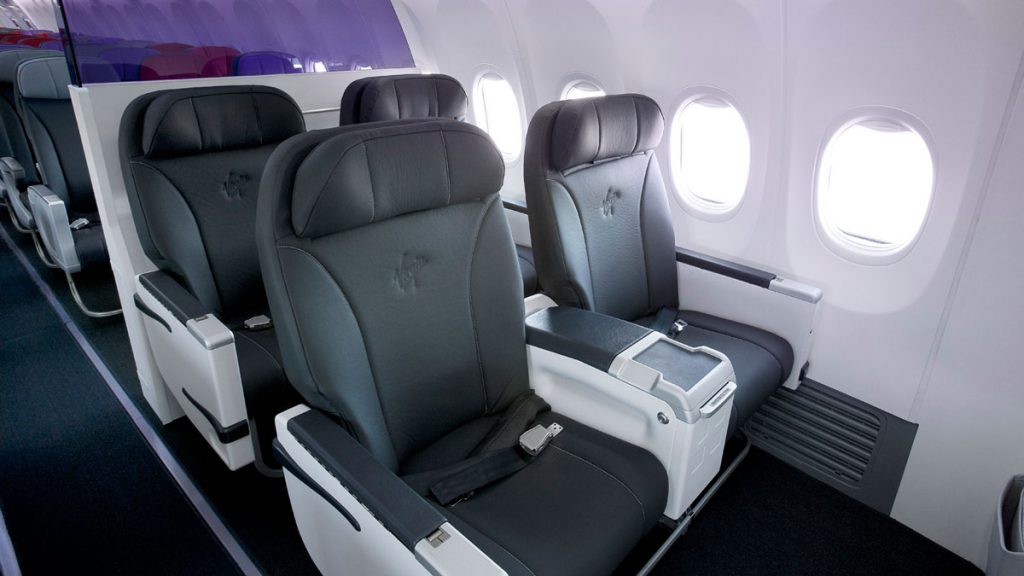
2PAXfly Takeout
This is another timely reminder to wear your seatbelt when seated. Holding you close to your seat will protect you from the sort of injuries sustained on this flight, when unsecured passengers flew to the ceiling of the aircraft, and then came crashing down once the ‘drop’ ceased.
The hope will be that this is an anomaly – a ‘freak accident’ in casual parlance. If it is a systemic error either mechanical or electronic, then this is a larger concern for the airlines that fly Boeing Dreamliner 787 aircraft. Let’s hope it isn’t. If it is, it will pile on the woes to Boeing’s existing stack.
Most of the announcements confirm information and rumour we already had. However it is good to hear that they intend to retain their lounges, short-haul international routes (when we can start flying them!) and two class cabins.
Staff cuts were inevitable, although not as extensive as some feared. The honouring of frequent flyer points and existing travel credits is essential for the Virgin brand to retain customer loyalty, something they will need as they slowly recover.
The statement acknowledges the continuing uncertainty in the travel sector caused by the COVID-19 pandemic, so Virgin Australia may have to cut its cloth further to align its plans with these uncertain times.
What the statement doesn’t say
What the statement doesn’t say is anything about when domestic lounges will re-open, whether ‘The Club’ exclusive lounges will be retained, or the fate of the 48 planes in their Boeing 737-MAX order that Virgin was meant to receive back in November 2019, and then delayed until 2025. Maybe that’s a bit far out to worry about at the moment
Glad to see you back
I’m glad to see that Virgin Australia is on a path of survival. Although I am not a great fan of their domestic club and terminal here in Sydney, I have always enjoyed flying with them domestically and internationally. In fact I far preferred their 777 product and service to the USA than I did Qantas – for a while, until Qantas upgraded its business class, and started flying A380’s on the USA routes.
I look forward to flying with them again domestically and internationally – when we can . . . damn you pandemic!
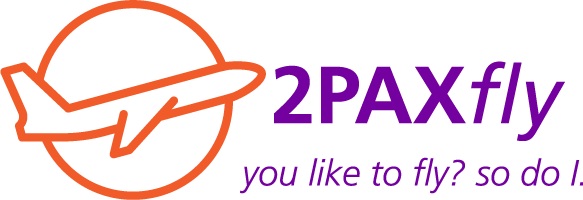
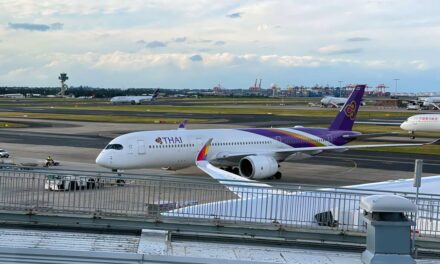
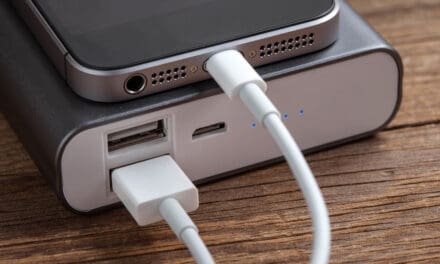
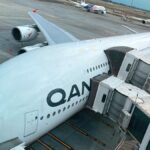
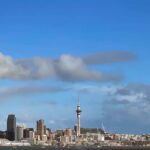

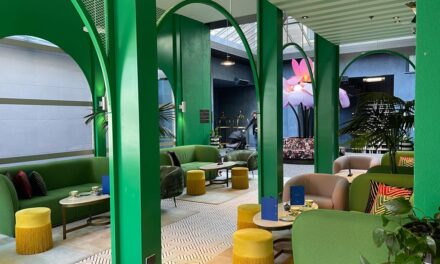
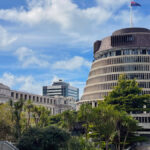

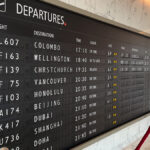

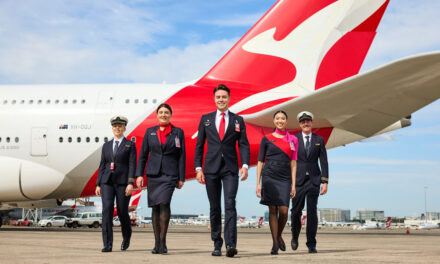
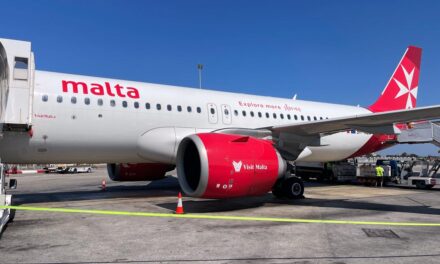
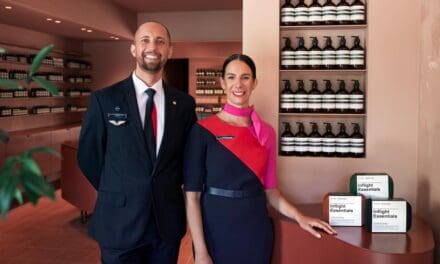
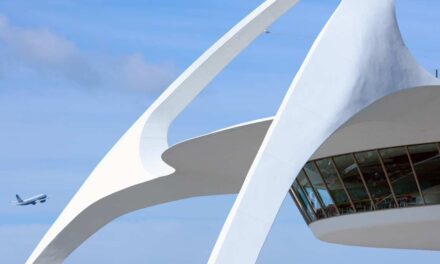








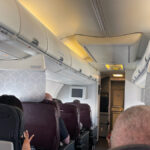
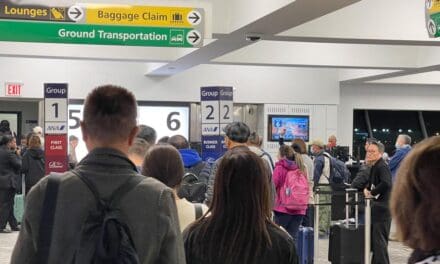
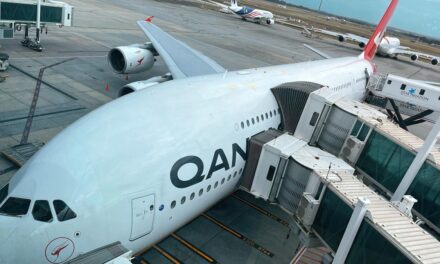
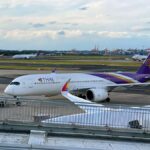

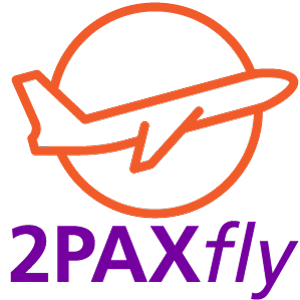
What did you say?